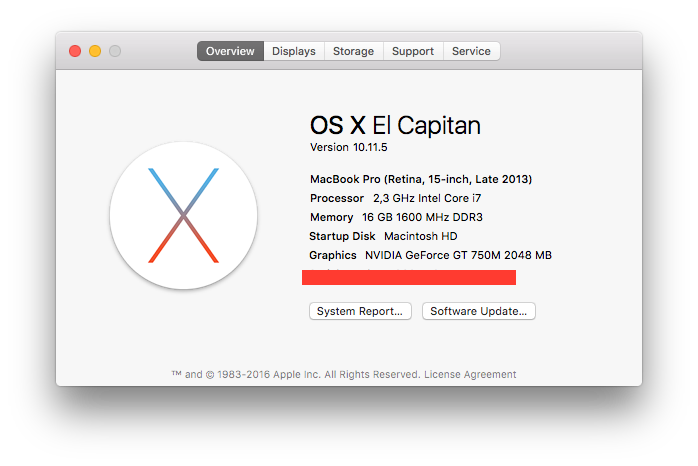
How to Install Java in OS X El Capitan. Guys, Spare time for s new boy. Had an update msg to update 8 91 to 8 101 on the iMac and it D/L’s the file.
- Jun 09, 2015 Hi guys, I noticed I was getting a lot of traffic, so I updated my post for the latest version of Java, and added a note for El Capitan's Rootless mode down the bottom. I think it would be better to recommend disabling Rootless mode and to restart manually.
- During the upgrade process to Mac OS X 10.10 Yosemite or 10.11 El Capitan, Java may be uninstalled from your system. In order to reinstall and run PDF Studio you will need to install the Java 6 Runtime again.
I have installed Oracle’s JDK 8 on Mac OS X El Capitan in an attempt to allow Libre Office (LO) macro within a Spreadsheet and also for database use. I have had partial success, but any of the changes I make in the ‘Security’ setting i.e. Macro-Security-change to Medium, ‘Trusted folder’ etc are lost on exit from LO; bringing me back to square one.
It also seems impossible to create a database within LO for clearly connected reasons relating to the (alleged) absence of JRE.
I believe that there may be something specific about the ‘El Capitan’ O/S which seeks to prevent a smooth ride in this department, and as a newbie to the MAC environment at least any advice would be appreciated.

My previous post about installing Java on OS X received quite a bit of traffic, and I felt that some of the information was outdated, and it became a little unclear after all the edits, so I’ve endeavoured to create a much easier to understand set of instructions.
Java Se 6 Runtime Download For Mac El Capitan
The instructions for installing the JDK (Java Development Kit) are a subset of the instructions for installing just the JRE, because Oracle provides an installer for the JDK.
- Go to the Oracle Java downloads page and download the JDK installer. You should end up with a file named something similar to
jdk-8u60-macosx-x64.dmg, but perhaps a newer version. - Open the
.dmgDisk Image and run the installer. - Open
Terminal - Edit the JDK’s newly installed
Info.plistfile to enable the included JRE to be used from the the command line, and from bundled applications:The third line fixes a permissions issue create by using
defaults write. The fourth line is not required, but makes the file more user-friendly if you open it again in a text editor. - Create a link to add backwards compatibility for some applications made for older Java versions:
- Optional: If you’re actually using the JDK for software development, you may want to set the
JAVA_HOMEenvironment variable. The recommended way is to use/usr/libexec/java_homeprogram, so I recommend settingJAVA_HOMEin your.bash_profilelike Jared suggests:This will get the latest installed Java’s home directory by default, but check out
man java_homefor ways to easily get other Java home directories.

You should be done now, so try and open the application. If it does not work, some applications require legacy Java 6 to be installed. You can have it installed without actually using it, however, it’s possible to trick the applications into thinking legacy Java 6 is installed, without actually doing so.
If you’re running El Capitan, this is actually a little difficult now, because Apple added SIP (System Integrity Protection) to OS X. I have written a post explaining how to disable and enable SIP.
If you’ve disabled SIP, or are not running El Capitan yet, you can trick some applications into thinking legacy Java 6 is installed by creating two folders with the following commands in Terminal:
Java El Capitan 10
Don’t forget to enable SIP again after creating these directories.